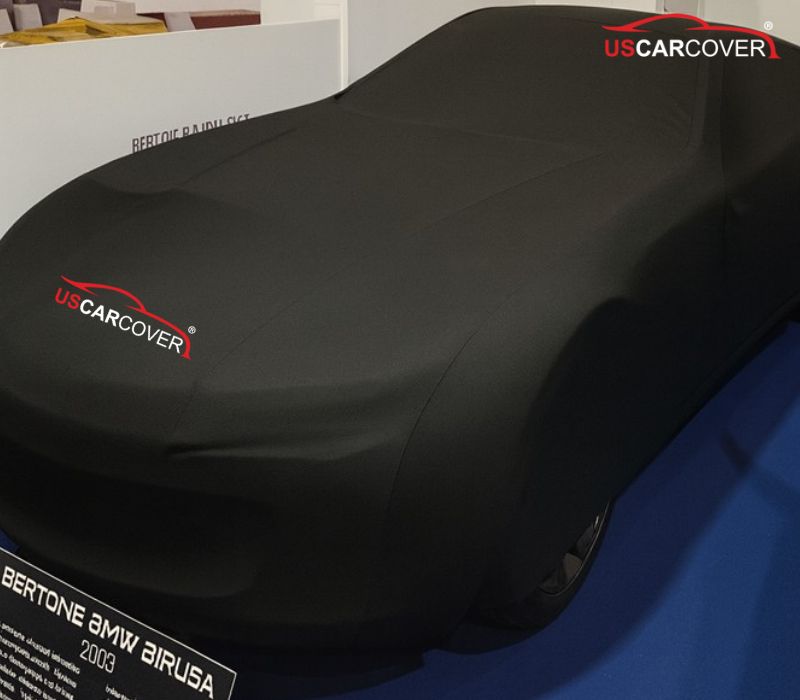
Mention Bertone, and you think of Italian artistry - where graceful lines, perfect proportions, and emotion blend into timeless design. Yet even a masterpiece like this isn’t immune to the quiet damage that comes with standing still too long: humidity thickens the air in the garage, paint begins to dull or stain, fine dust settles into every contour, and a careless wipe can leave faint scratches behind. That’s why the Bertone car cover exists - a purpose-built shield that resists moisture, prevents scratches, and keeps mold and musty odors at bay, ensuring the car stays dry, clean, and naturally glossy. This article explores why these “small” issues can accelerate your car’s aging far more than you realize, and offers practical tips: how to choose the right cover, how to put it on and remove it safely, and simple habits to keep your Bertone resting beautifully - as if it just rolled out of the studio.
Talking with owners who love Italian design, I keep hearing the same story. The car sits still for days, yet every morning you see a faint haze on the glass, tiny droplets along chrome edges, and a slight damp odor in the cabin. Fine dust clings to the paint so you dry wipe it a few times a week, then hairline marks and swirl begin to show under the garage lights. Some people switch to a thick, heavy cover for peace of mind, but with poor breathability the surface gets clammy, the roof shows fabric print marks, and the experience becomes frustrating. In this article I will go straight to fundamentals with you. We will understand moisture behavior indoors, cut the root causes of scratches through lining and handling habits, and block musty odors with cleaning and storage that actually work. The end goal is an indoor satin custom fit setup that breathes well, feels soft in the hand, and preserves the Bertone wedge silhouette even while the car is covered.
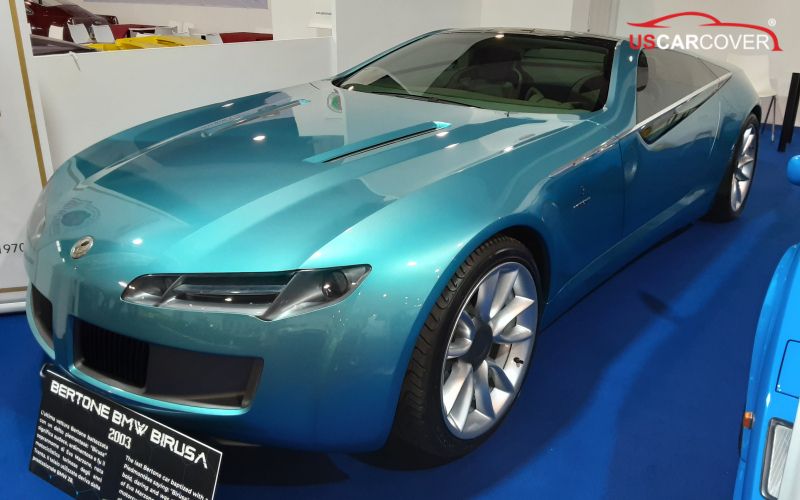
Related Articles: Bentley car cover: luxury, quality, finesse even while the car is covered
A brief look at Bertone history and design value
To choose a cover that is worthy of the car, you have to respect the design language that made Bertone famous. The Italian studio is known for the wedge silhouette, ultra low roofline, steeply raked windshield, large flat planes, and sharp shoulder creases. This language is minimalist yet demands precision. If the cover’s form is even a little off, those pure lines are lost. From a collecting standpoint, models shaped by Bertone are both rare and iconic, so the standard for preservation must go beyond dust protection. A proper cover must preserve the silhouette, avoid breaking the form, prevent ugly folds, and leave no imprint so that when you open the garage the car still looks beautiful while it sleeps.
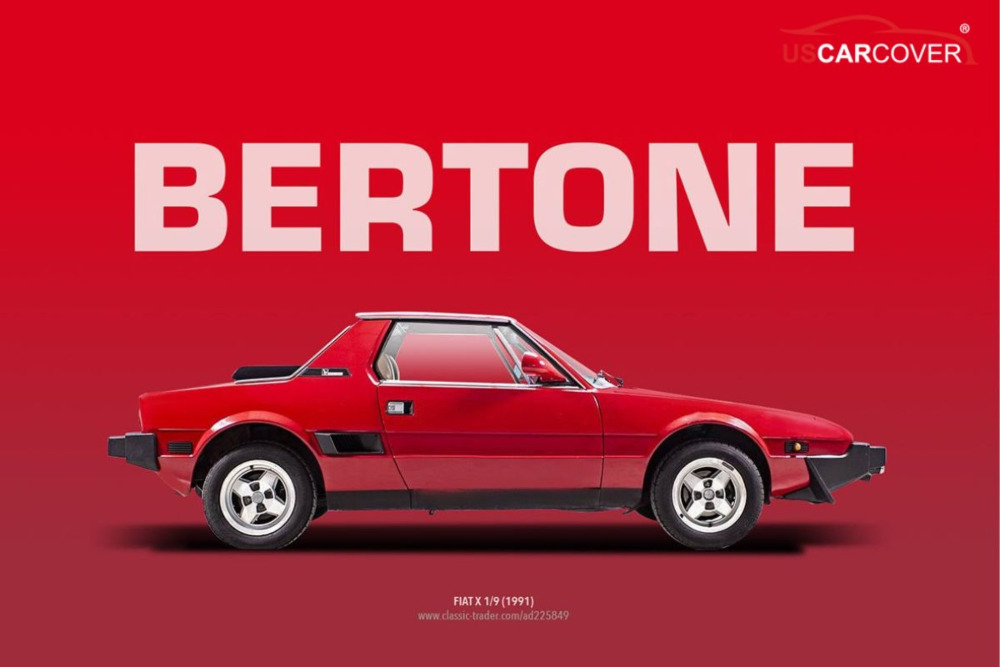
Related Articles: Avanti car cover: Will an anti static lining that reduces dust buildup keep the finish glossier in dusty winds and coastal climates
Core objectives for a Bertone in the garage
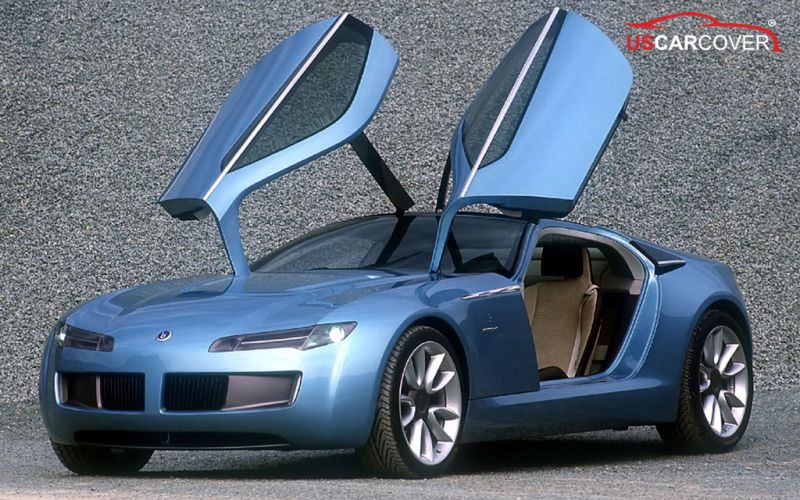
Before materials or price, lock in three targets so every choice stays on course. First, moisture control in the true sense, meaning a surface that stays dry and breathable, no light dew rings with temperature swings, and no odor buildup. Second, scratch prevention by reducing dry friction, avoiding dragging the lining, and minimizing fine dust trapped between lining and paint. Third, odor prevention by managing humidity in the cabin and in the cover itself, along with gentle air movement so the garage feels fresh. Once these three are clear, every decision to follow becomes straightforward.
Related Articles: Austin-Healey Car Cover: Lightweight, UV resistant and durable
Moisture control indoors, choose breathable fabric and manage the microclimate
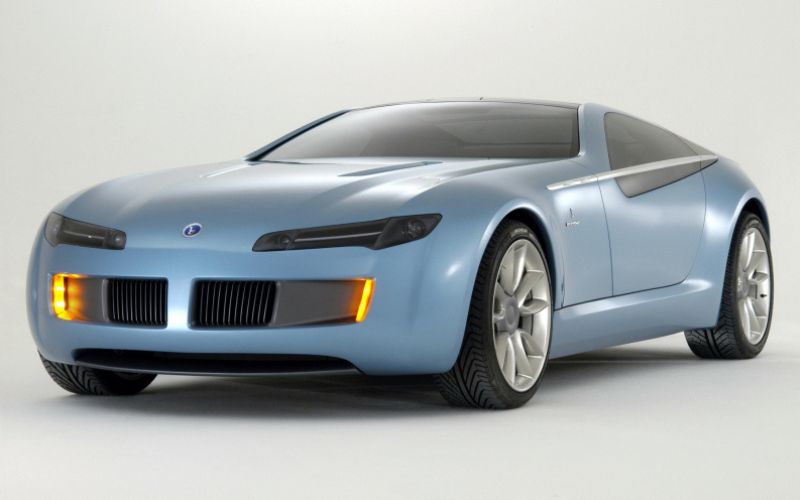
In a closed space, absolute waterproofing does not equal good moisture control. Films that are too sealed trap vapor on the paint and in the cabin. I recommend breathable fabric that transports moisture so the surface does not sweat when garage temperature shifts day to night. Keep relative humidity around 45 to 55 percent with a simple hygrometer. After rain or a wash, crack the doors open for 3 to 5 minutes to vent moisture, then dry chrome edges, glass trim, and door sills where water lingers the longest. Do not cover while wheel wells or the grille area are still wet. If your garage is near a garden or is in a basement, add a gentle circulation fan so air moves evenly without blowing dust at the car.
Practical extras:
Light colored covers reflect heat better in garages without air conditioning.
Use a ventilated storage bag, and store the cover on a higher shelf away from damp corners.
If you run a dehumidifier, keep the drain path clear and check the hose regularly.
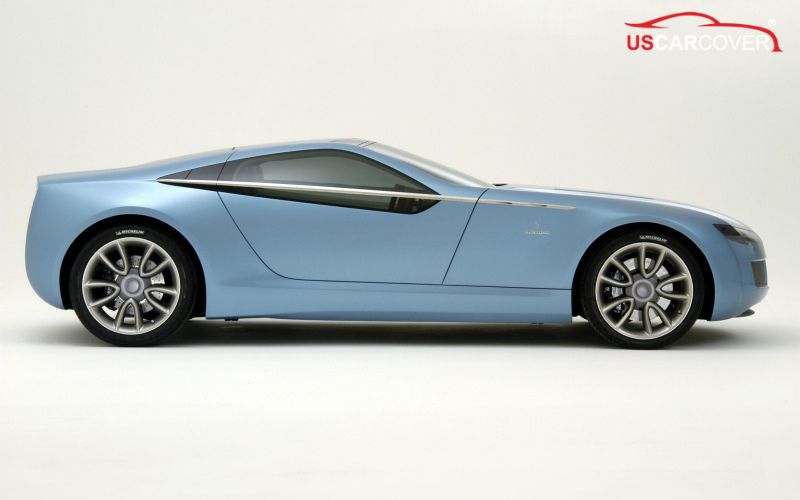
Related Articles: Austin Car Cover - A U.S climate checklist what to use
Scratch prevention, the keys are lining, friction, and habits
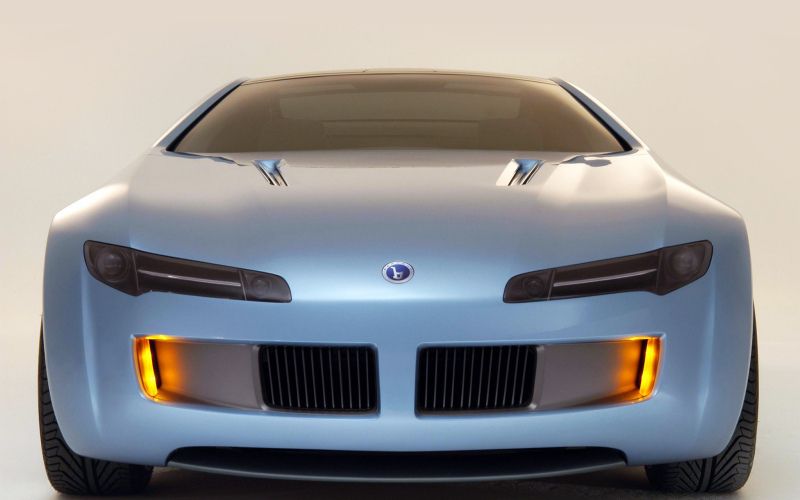
Swirl is born from fine dust and dry friction. A satin microfiber lining with anti static treatment significantly reduces dust attraction to the paint so you wipe less often and avoid hairline marks. When covering, follow four steps to avoid pulling the fabric sideways. Drape from the roof to find center, lock the front hem, lock the rear hem, then adjust the side skirts last so the cover falls along the shoulders. When removing, roll from the rear toward the front with the lining always facing inward so you do not drag outside dust across the paint. For cars with many sharp edges, add thin soft pads at the A pillar and door edges if you cover and uncover frequently.
Quick checks:
After 24 hours covered, inspect the roof and door edge under garage lighting. If you see fabric pattern print, the form is too tight or the lining is not smooth enough.
If you feel a squeak or grab while pulling the cover, the lining is not slick enough or the surface still has fine damp dust.
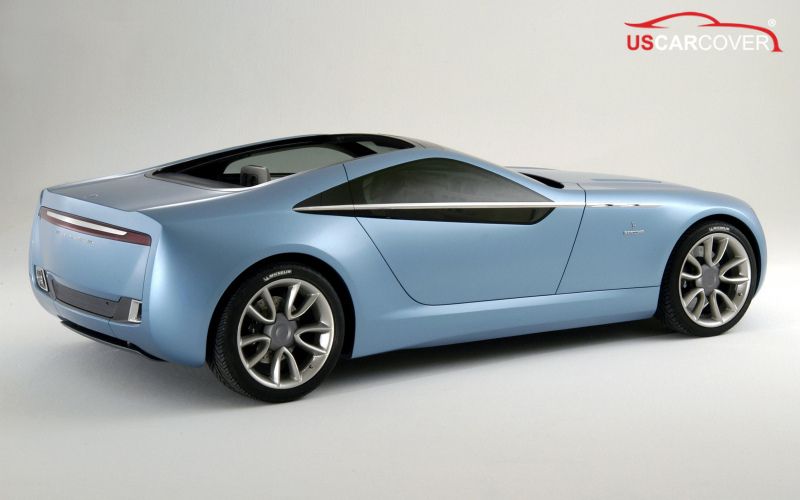
Related Articles: BMW Car Cover Why a car in the garage still deteriorates and how to stop it at the source
Odor blocking, remove moisture sources, clean correctly, and store smart
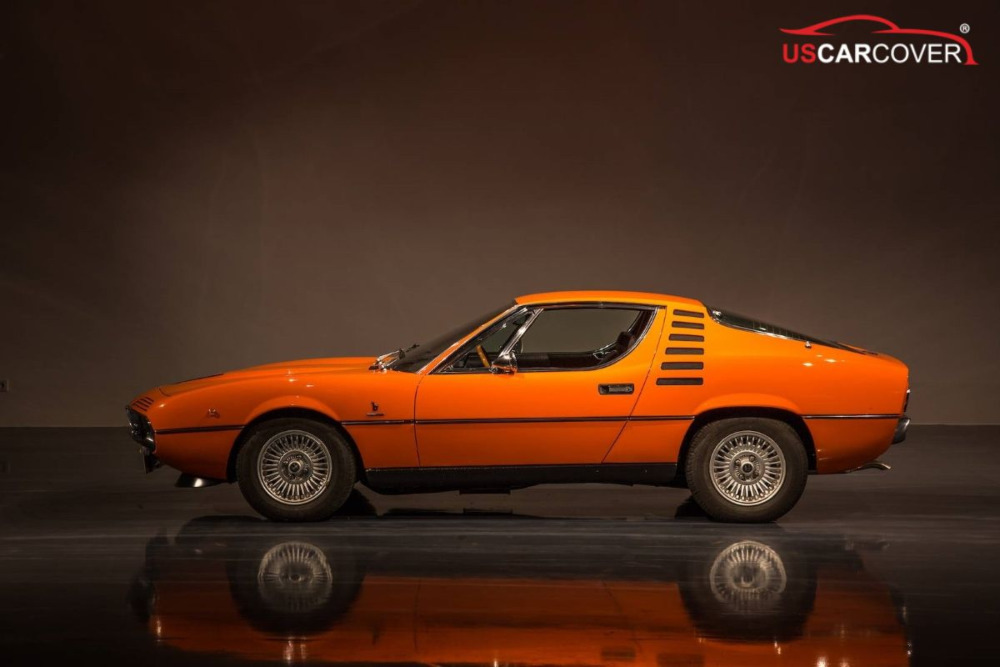
Musty odor appears when moisture is trapped, either in the cabin or in the cover. I always do three simple things that work. Do not cover right after wet interior cleaning. Place desiccant packs in the cabin and trunk, and replace them regularly, especially in humid seasons. Wash the cover with a mild solution on a reasonable schedule, then air dry completely before putting it into a ventilated bag. If the glass looks hazy in the morning or you smell damp when opening the door, increase garage ventilation, check window seals and floor mats, and never leave a wet mat overnight.
For long term freshness:
Avoid harsh cleaners that can leave a persistent scent or stiffen fibers.
Do not spray perfume onto the cover since fragrance residues are hard to remove.
Related Articles: Auburn Car Cover 7 things 90% of owners overlook
Why an indoor car cover is the number one recommendation for a closed garage
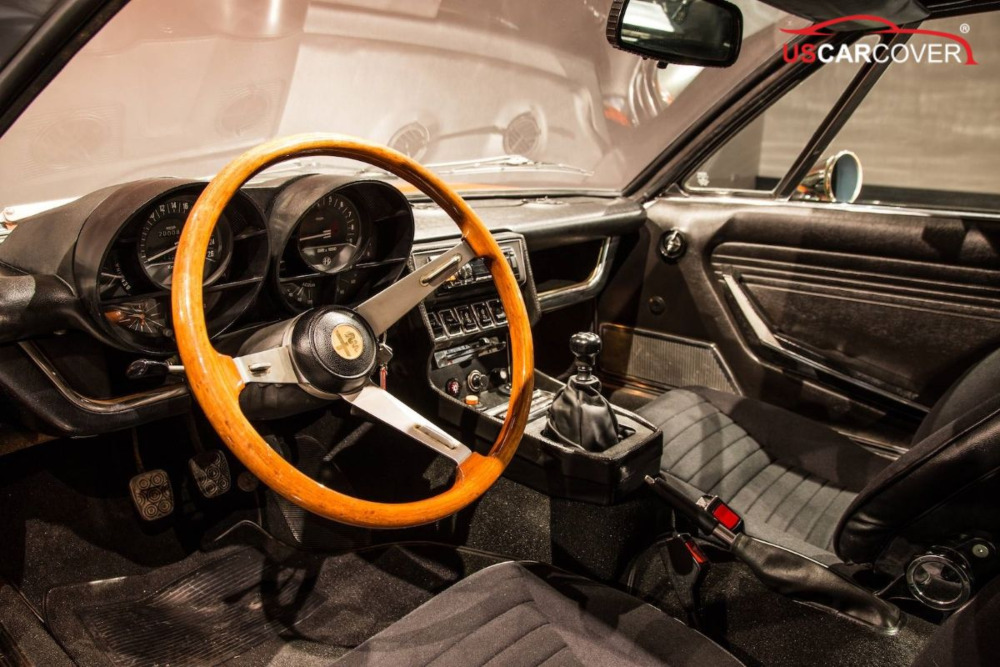
In a clean garage with some climate control, indoor satin is the right tool because it optimizes daily handling, aesthetics, and surface safety. A proper indoor cover is a one layer satin microfiber or a thin two layer build that is very smooth, breathable, light in hand, and glides gently over high gloss finishes. Its biggest advantages are quick one person installs, low rustle noise, and a high drape that lets the fabric fall beautifully along the very low roof and shoulders so the wedge lines remain visible even when covered. Indoor covers are not meant for rain or wind, so they usually do not use wind straps, which you do not need inside anyway.
How to choose an indoor satin cover:
Prefer true custom fit for your exact model, including mirror, side intake, and spoiler locations.
Soft bound hems and refined piping so edges do not scuff chrome or bumpers.
Large direction tabs so you never put it on backward in a rush.
A ventilated storage bag so the cover does not retain odor during long storage.
Related Articles: Aston Martin Car Cover - Why Every Aston Marin Owner Needs This Gift
Keep a clean form to reduce moisture pooling and fabric imprint

Form is not only about looks, it affects surface moisture behavior. A cover designed for a wedge silhouette usually segments panels around the steep windshield, uses small darts at the roof peak to avoid creases, and adds shape panels at the tail if the car has a wing. The drape must be enough to fall over a very low roof without sagging, and the shoulder area should remain flat so the crease line stays crisp. Hidden elastic along the perimeter lets the hem hug around bumpers and wheel arches without rubbing paint. Under garage lighting from a shallow angle, you should see flat where it must be flat and soft fall where it should fall, just like a tailored jacket.
Scissor doors, quick access without breaking the form
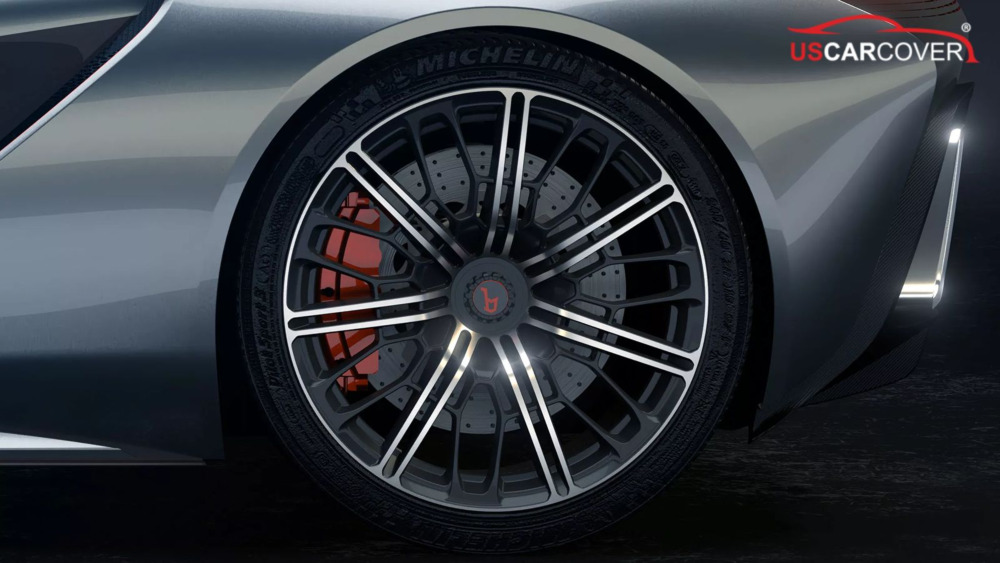
Many owners want to open the door without removing the whole cover. The solution is a hidden access zipper along the glass edge or on the roof, backed by a soft gasket so it does not print. When closed, a layover panel should make the surface seamless and avoid a small humidity pocket. The handling rule is to support the roof area, open the door along its natural arc, and avoid dragging the fabric toward the A pillar.
Five step routine:
- Find the hidden zipper and rest your hand lightly on the roof.
- Pull the zipper straight, do not yank sideways.
- Open the door along its natural angle, keeping fabric clear of edges.
- Close the door and smooth the zipper area flat.
- Zip back and press the gasket lightly so the surface sits flush.
Cover on and off routine so the surface stays dry and clean

A simple playbook multiplies the cover’s effectiveness without extra effort
Four steps to cover:
Prep. Dry chrome edges and glass, check wheel wells for trapped droplets.
Drape from the roof. Center the cover using the windshield line and let it fall.
Lock hems. Secure the front hem, then the rear hem so the form is even.
Adjust sides. Gently tension along the shoulders and arches without pulling diagonally.
Choose by real world garage scenarios
Every garage is different, so choose by how you actually use the car:
Closed clean garage with light climate control. Choose indoor satin custom fit, focus on smooth handling and aesthetics while covered.
Semi open garage with mild dust and light breeze. Consider a breathable 2 to 3 layer option, but still insist on an ultra soft lining for safe handling.
Garden side or seasonally humid garage. Pair indoor satin with desiccant packs in the cabin and a gentle circulation fan for the room.
FAQ
Is indoor satin enough for moisture control in a closed garage:
- Yes, provided you keep room humidity around 45 to 55 percent and crack the doors for a few minutes before covering after the car has been wet.
Will a soft lining pick up odor over time:
- Only if it is stored while still damp. Wash gently on schedule, air dry completely, and store in a ventilated bag to keep odor low for a long time.
Do I need an extra interior cloth layer under the cover:
- No, if the lining is already ultra smooth and anti static. Extra cloth can trap moisture and create unwanted creases.
Machine wash or hand wash:
- Prefer hand wash with a mild solution. If you must machine wash, choose a gentle cycle, no heat drying, and always air dry fully before storage.
If you want a surface that stays dry and clean, fewer hairline marks, and zero musty odor in the garage, choose an indoor satin custom fit for your exact Bertone model, plus a ventilated storage bag and desiccant packs for the cabin. If your garage is semi open with occasional dust and breeze, consider a breathable 2 to 3 layer option, but still prioritize an ultra soft lining so every pull on and off remains smooth and safe for deep black paint.
